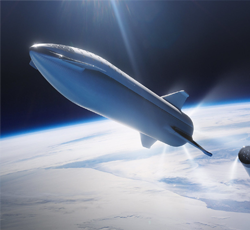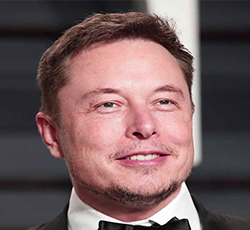
LATEST UPDATES

Rating check
Good
- by testing Tesla
- Jun 15, 2025
- 0 Comments
- 331 Views
- 0 Likes
-
0
Read More Flag 0 Of 5
Starlink Test
NA test on staink
- by newopt
- Jun 15, 2025
- 1 Comments
- 218 Views
- 0 Likes
-
0
Read More Flag 0 Of 5
checking 2
First Entry not show
- by testing Tesla
- Jun 14, 2025
- 1 Comments
- 230 Views
- 1 Likes
-
0
Read More Flag 0 Of 5
Joann Richardson, Your Casino Digest Is Here
Table games like roulette, blackjack, and poker offer strategy and excitement for skilled players. Top casinos in 2025 feature multiple vari ...
- by Valeron83Ked
- Jun 15, 2025
- 0 Comments
- 97 Views
- 0 Likes
-
0
Read More Flag 0 Of 5
Elon Musk
NA hello
- by nextdevlopers
- Jun 14, 2025
- 0 Comments
- 222 Views
- 1 Likes
-
1
Read More Flag 0 Of 5
hyperloop
NA test purpose for Hyperloop
- by newopt
- Jun 14, 2025
- 0 Comments
- 257 Views
- 0 Likes
-
0
Read More Flag 0 Of 5
Artificial intelligence
- by nextdevlopers
- Jun 14, 2025
- 0 Comments
- 2 Likes
- 207 Views
-
1
Flag 0 Of 5
View More
Stay Connected
Tweets by elonmuskTo get the latest tweets please make sure you are logged in on X on this browser.






 Energy
Energy






















































